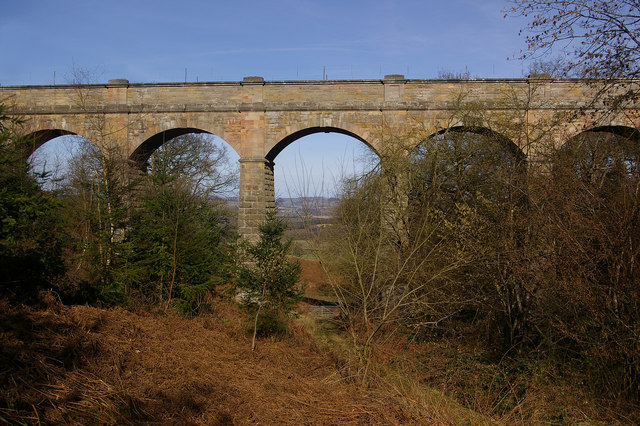Mary Knoll
Hill, Mountain in Herefordshire
England
Mary Knoll

Mary Knoll is a prominent hill located in the picturesque county of Herefordshire, England. Standing at an elevation of approximately 380 meters (1,250 feet), it offers breathtaking panoramic views of the surrounding countryside, making it a popular destination for nature enthusiasts and hikers.
The hill is characterized by its rolling landscape, featuring gentle slopes and verdant meadows. It is predominantly covered in rich grasslands, interspersed with patches of dense woodland, which adds to its scenic beauty. The diverse flora and fauna that inhabit Mary Knoll make it an important ecological site, attracting a wide array of bird species, small mammals, and insects.
A network of well-maintained footpaths and trails crisscrosses the hill, providing visitors with ample opportunities for leisurely walks or more challenging hikes. These paths wind through the hill's undulating terrain, allowing visitors to explore its hidden corners and discover its natural wonders. On a clear day, the summit of Mary Knoll offers unparalleled views of the surrounding Herefordshire countryside, with its patchwork of fields, hedgerows, and charming villages.
Mary Knoll also holds historical significance, as it is believed to have been used as a lookout point during ancient times. The hill's strategic location made it an ideal vantage point to observe and defend the surrounding area. Today, remnants of these ancient defenses can still be found, adding an element of mystery and intrigue to the hill's allure.
Overall, Mary Knoll in Herefordshire is a captivating natural landmark that combines stunning vistas, diverse wildlife, and a rich history, making it a must-visit destination for outdoor enthusiasts and those seeking a tranquil escape in the heart of the English countryside.
If you have any feedback on the listing, please let us know in the comments section below.
Mary Knoll Images
Images are sourced within 2km of 52.358169/-2.7566351 or Grid Reference SO4873. Thanks to Geograph Open Source API. All images are credited.















Mary Knoll is located at Grid Ref: SO4873 (Lat: 52.358169, Lng: -2.7566351)
Unitary Authority: County of Herefordshire
Police Authority: West Mercia
What 3 Words
///steer.only.sprinkler. Near Bromfield, Shropshire
Nearby Locations
Related Wikis
Mortimer Forest
Mortimer Forest is a forest on the Shropshire/Herefordshire border in England, near the town of Ludlow. It covers hilly terrain, including the marilyn...
High Vinnalls
High Vinnalls is a hill in the English county of Herefordshire, though commonly considered a member of the Shropshire Hills. It is located in the parish...
Elan aqueduct
The Elan aqueduct crosses Wales and the Midlands of England, running eastwards from the Elan Valley Reservoirs in Mid Wales to Birmingham's Frankley Reservoir...
Ludlow Castle
Ludlow Castle is a ruined medieval fortification in the town of the same name in the English county of Shropshire, standing on a promontory overlooking...
Nearby Amenities
Located within 500m of 52.358169,-2.7566351Have you been to Mary Knoll?
Leave your review of Mary Knoll below (or comments, questions and feedback).






